Self Assessment and Strategy Guide for Migrating from Domino Document Manager
Posted by Stephan H Wissel on 29 July 2009 | Comments (0) | categories: DXLMagic
Usability - Productivity - Business - The web - Singapore & Twins
Posted by Stephan H Wissel on 29 July 2009 | Comments (0) | categories: DXLMagic
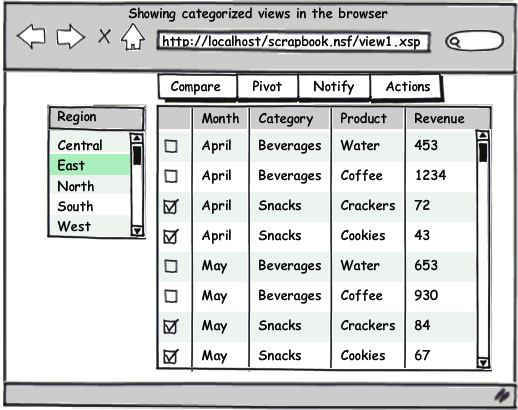
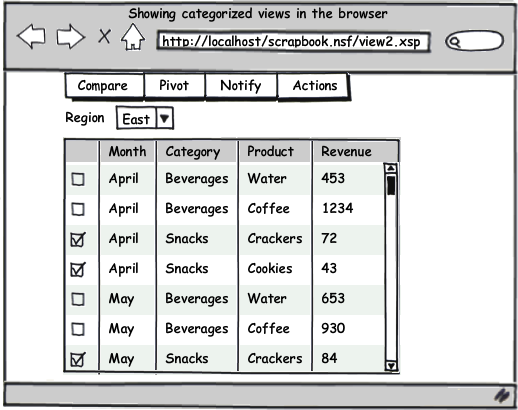
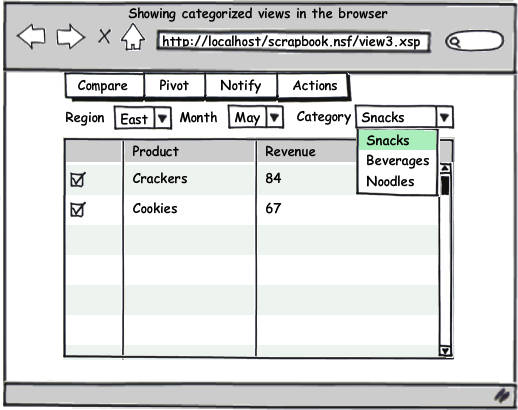
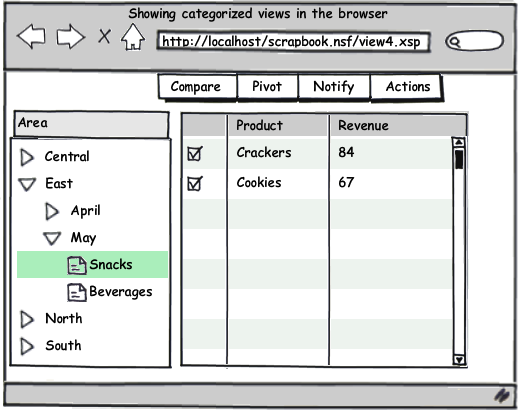
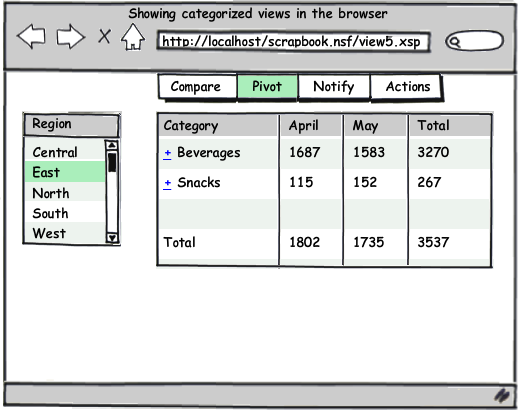
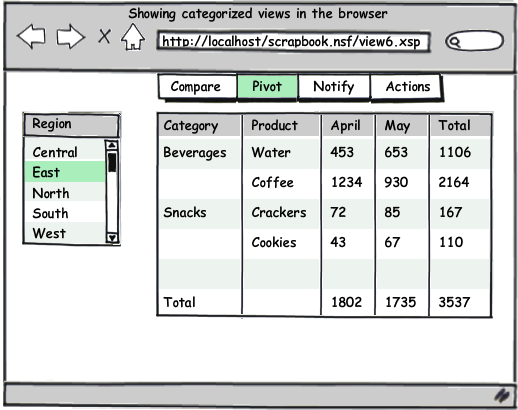
Posted by Stephan H Wissel on 28 July 2009 | Comments (3) | categories: Show-N-Tell Thursday XPages
Posted by Stephan H Wissel on 24 July 2009 | Comments (1) | categories: DXLMagic
Posted by Stephan H Wissel on 23 July 2009 | Comments (5) | categories: Show-N-Tell Thursday
Posted by Stephan H Wissel on 22 July 2009 | Comments (1) | categories: Show-N-Tell Thursday
Posted by Stephan H Wissel on 20 July 2009 | Comments (2) | categories: XPages
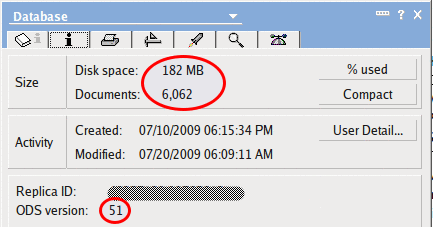
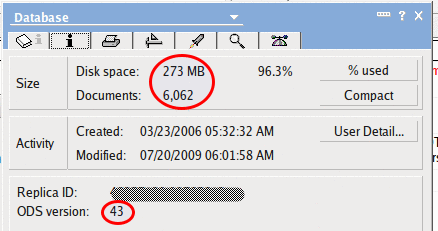
Posted by Stephan H Wissel on 19 July 2009 | Comments (0) | categories: Show-N-Tell Thursday
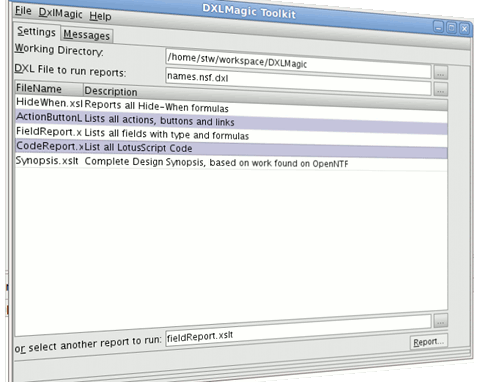
Posted by Stephan H Wissel on 17 July 2009 | Comments (1) | categories: DXLMagic
Posted by Stephan H Wissel on 17 July 2009 | Comments (7) | categories: XPages
Posted by Stephan H Wissel on 13 July 2009 | Comments (0) | categories: Show-N-Tell Thursday
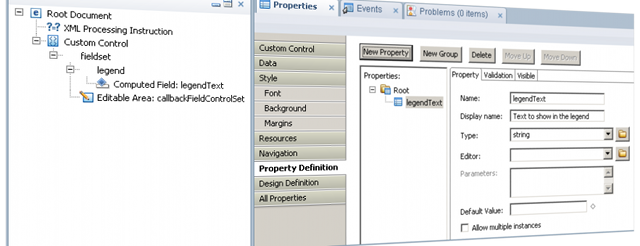
Posted by Stephan H Wissel on 09 July 2009 | Comments (5) | categories: XPages
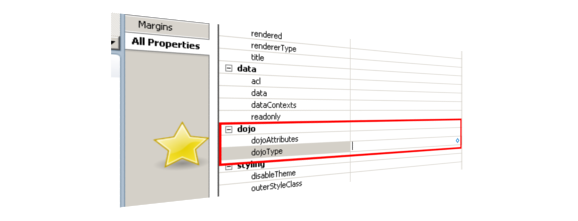
Posted by Stephan H Wissel on 09 July 2009 | Comments (0) | categories: XPages
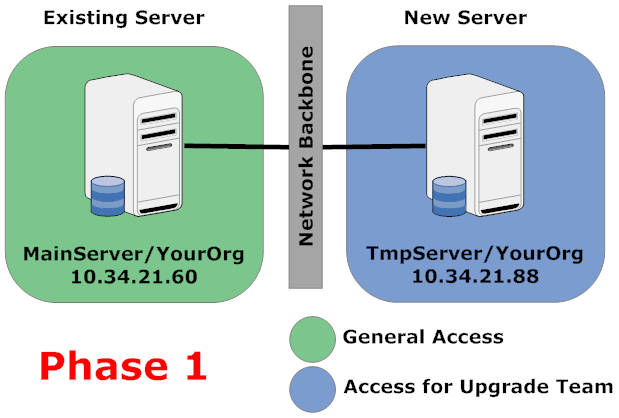
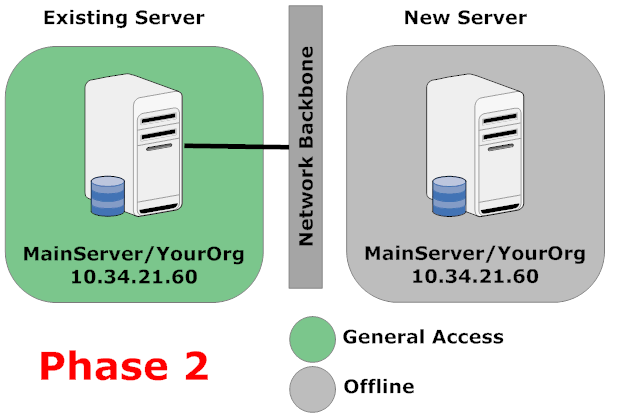
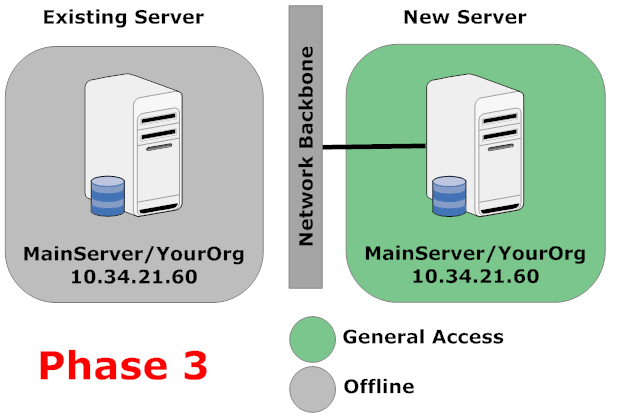
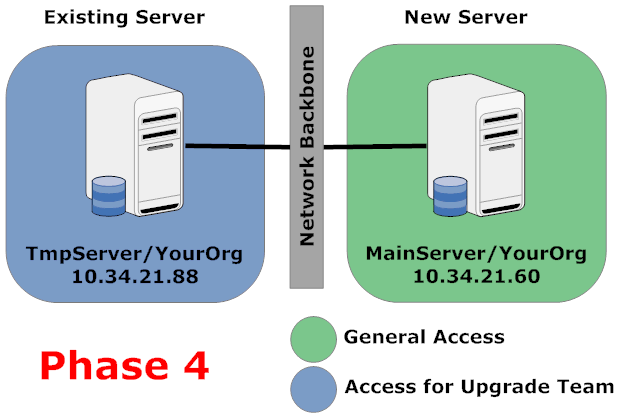
Posted by Stephan H Wissel on 08 July 2009 | Comments (a) | categories: Show-N-Tell Thursday
Posted by Stephan H Wissel on 07 July 2009 | Comments (2) | categories: After hours
Posted by Stephan H Wissel on 01 July 2009 | Comments (2) | categories: Business